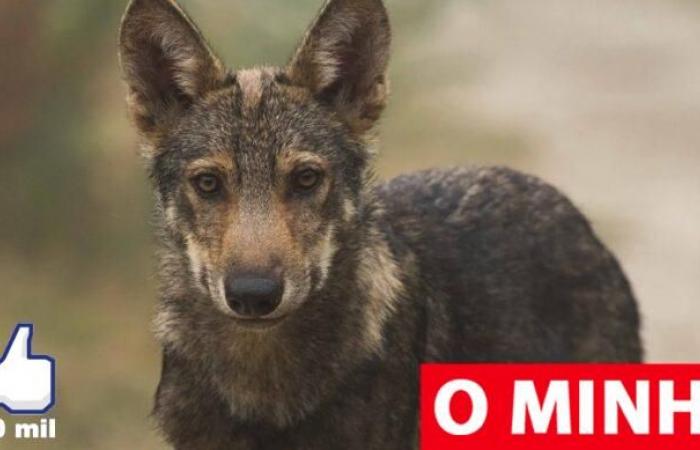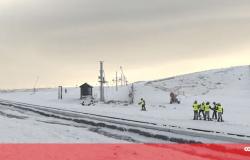The Environmental Compliance Report for the Execution Project (RECAPE) of the Tâmega Wind Complex, which includes a reduction from 60 to 38 wind turbines, is under public consultation until April 11, according to Portal Participa. The project integrates areas in Cabeceiras de Basto, namely the Union of Parishes of Gondiães and Vilar de Cunhas, as well as the parishes of Abadim and Rio Douro.
Less impact on the Iberian wolf habitatWorks will be ‘paused’ to protect packs
In March 2023, the Portuguese Environment Agency (APA) issued a favorable Environmental Impact Statement (DIA) conditional on the Tâmega Norte Wind Farm (PETN) and Tâmega South Wind Farm (PETS) project, proposed by Iberdrola Renewables Portugal.
In response to the DIA, Iberdrola reformulated the project and reduced the number of wind turbines planned, to 27 at PETN and 11 at PETS, for a total of 38.
According to RECAPE, available on the Participa Portal and in public consultation between March 21st and April 11th, this change, more significant in PETS, also results in a significant review of the electrical line layout and repositioning of the substation in alignment with the new, smaller ‘layout’ of the wind farm.
Less impact on the Iberian wolf habitat
RECAPE aims to verify that the execution project complies with the criteria established in the DIA, complying with the terms and conditions set out therein.
According to the document, consulted by Lusa, some of the positions of the Tâmega Sul wind farm were relocated in order to minimize the impact on the Iberian wolf’s habitat and bring it closer to existing access points, as far as technically possible.
In Tâmega Norte there were also adjustments to the final locations, both in terms of the wind turbines and the substation, but with minor changes.
The complex will cover the area of the municipalities of Ribeira de Pena, Montalegre and Vila Pouca de Aguiar, in the district of Vila Real, and Cabeceiras de Basto, which is part of the transition zone of the Gerês Biosphere Reserve and affects sensitive areas such as a Special Zone of Conservation (ZEC) of Alvão-Marão and “Important Bird Area (IBA)” of the Alvão and Marão mountains.
The project moves away from the Alvão and Marão IBA route, disabling and safeguarding this critical area for birdlife.
The complex includes the construction of two wind farms (Tâmega Norte and Tâmega Sul) and their connection to the Public Service Electric Network (RESP), which will operate independently, each having a substation and a set of independent electrical lines and accesses. .
However, the two parks constitute a single project called the Tâmega Wind Complex.
The initial project proposed the installation of 73 wind turbines, but after an initial unfavorable opinion from the evaluation committee, the project was reformulated and now included 60 wind turbines (28 in the Tâmega Norte park) and 32 (in Tâmega Sul).
Works will be ‘paused’ to protect packs
The main condition of the DIA, approved last year, was once again the reduction of wind turbines, going from 60 to 38 in the implementation project, subject of study at RECAPE, totaling an installed power of 273.6 megawatts.
The construction of the two wind farms is expected to take 18 months, including the application of minimization measures in the construction phase.
However, due to potential restrictions imposed by the DIA, the construction duration could increase to 26 months, as one of the measures highlighted suggests a complete halt to construction activities during the months of April to May to minimize the impact on wolf packs. .
The wind complex will be implemented in the area surrounding the Tâmega Electric Production System (SET), which includes the Daivões, Gaivões and Alto Tâmega dams and aims to maximize energy production and hybridize with the SET.
According to the document, hybridization implies the use of two energy sources, reducing the unpredictability inherent to renewable energy and improving the stability of the electrical energy supplied, contributing, more effectively, to achieving national decarbonization objectives.
Tags: Wind farm Cabeceiras Basto wind turbines protect Iberian wolf
--





